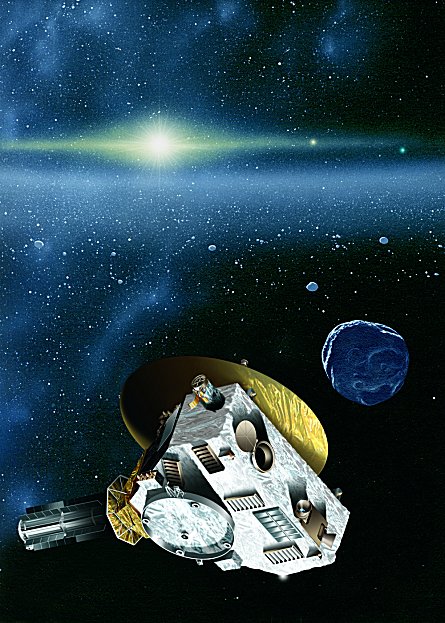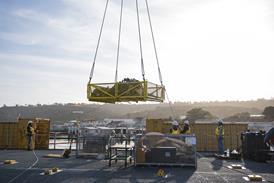NASA’s Pluto probe New Horizons will be launched aboard an International Launch Services Atlas V 551 booster with a Star 48B solid-propellant upper-stage motor from Cape Canaveral, Florida between 17 January and 14 February.
If launched by 1 February the spacecraft will be able to use Jupiter for a gravity-assist manoeuvre in 2007 and reach Pluto by July 2015. However, if it is launched after 1 February it will take a direct-to-Pluto route and not arrive until at least 2018.

If the 2006 launch window is missed completely the next opportunity is between 2 and 15 February 2007, resulting in a Pluto arrival by 2020.
Pluto is the last of eight of the Solar System’s planets to have probes sent to them since 1962.
New Horizons will also explore Pluto’s moon, Charon, and Kuiper Belt Objects at the edge of the Solar System. Two Kuiper Belt objects, ranging in diameter from 40-90km (25-56 miles) have been identified as potential targets.
Over 850 Kuiper Belt objects have been discovered since 1992, most of which are between 100 to 500km in diameter and have a comet-like consistency.
This week NASA’s Stardust spacecraft is scheduled to return from its comet sample return mission.
Its re-entry capsule containing samples of cometary and interstellar dust particles should land in the US at 10:12 GMT on 15 January.
TIM FURNISS/LONDON
Source: Flight International























